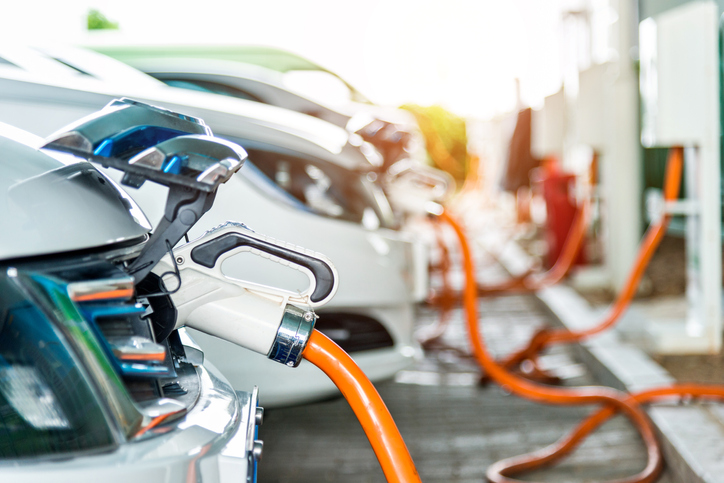
The Economic Policy Institute hosts a discussion about how to ensure the domestic workforce benefits from the our electric-vehicle future.
Last week, the House of Representatives finally passed the Bipartisan Infrastructure Framework, which will make $1.2 trillion worth of investments in America’s crumbling infrastructure. The bill includes a lot of provisions that make up for prior failures to keep our infrastructure from crumbling, but it also looks to make investments in the future of infrastructure: specifically, electric vehicles.
Frequent readers of this blog know that electric vehicles (EVs) are the future. It isn’t going to be a matter of if we’ll shift to driving EVs, but a question of when, and a question of whether or not EVs — and their supply inputs like batteries and semiconductors — will be made abroad or in America. We obviously prefer the latter, but to ensure that the future of EVs is American-made, we need to make major investments in our electric grid, the overall supply chain, and American-made EV manufacturers so they can build out a market for their products.
Fortunately, the Bipartisan Infrastructure Bill takes some major strides to this end. It includes $7.5 billion for the deployment of charging stations along major highway corridors. Much more is needed to support an American-led EV revolution, but this marks a major start.
As exciting as this is, though, we also have to think about the workers who will be impacted by our embrace of EVs. There is potential here to create up to 100,000 new jobs if the US leads the way in making EVs, as well as protecting existing auto manufacturing jobs from being offshored.
However, we also have to ensure the auto manufacturing jobs created in the EV space are also good jobs. And that’s why the Economic Policy Institute recently held an event to discuss the intersection between EVs and expanding the union workforce.
Unions are important to manufacturing: They provide members with good benefits like healthcare, raise worker pay, and ensure that the highest standards of labor are upheld by manufacturers. However, the rate of unionization among manufacturing workers has fallen in recent years, with just 8.6% of manufacturing workers being unionized in 2019 compared to 10.3% of all industries. Historically, manufacturing had been unionized at a higher rate than most industries, but as companies moved production offshore in recent decades, those union jobs disappeared with them.
But the auto manufacturing industry offers a chance to reverse that trend.
“Where are the industries that are profitable enough to pay decent wages that are not susceptible to their jobs being shipped out of the country … or where are there jobs available for people without college degrees?” asked Gordon Lafer, an economist at the University of Oregon. “For over 100 years, the answer has been auto manufacturing.”
Importantly, EV manufacturing provides an opportunity to protect existing auto manufacturing workers — many of whom are already unionized. This is because if a foreign country takes leadership of EV manufacturing, the remaining auto jobs left here will disappear, but should the US lead on EVs, we can maintain the jobs of present auto manufacturers.
As Cindy Estrada, a Vice President with the United Autoworkers noted, we need to work now “to ensure that existing members can transition” to EVs.
Should we fail to ensure that EVs are Made in America, so many workers and businesses will suffer as a consequence. And so will union density.
As Estrada explained, “the risk is that we create low wage jobs and we build back worse instead of build back better.”
Watch the whole discussion here — the recording starts a little after Dr. Lafer begins speaking, but you’ll catch up quickly:
